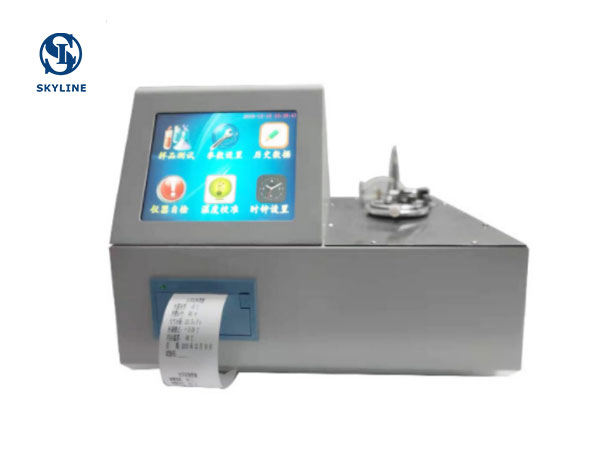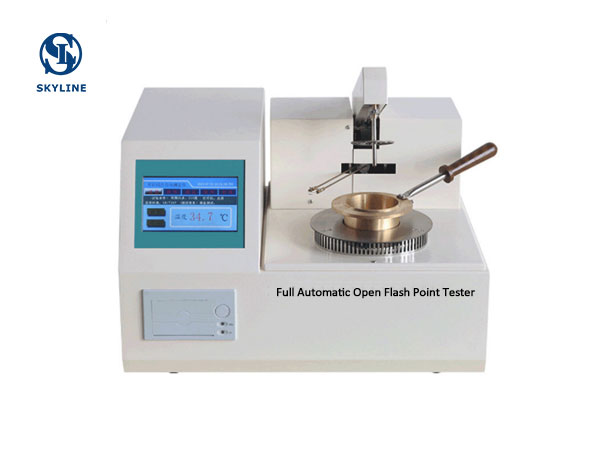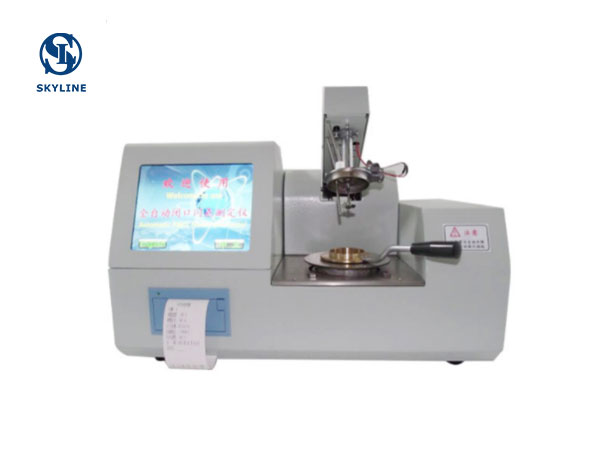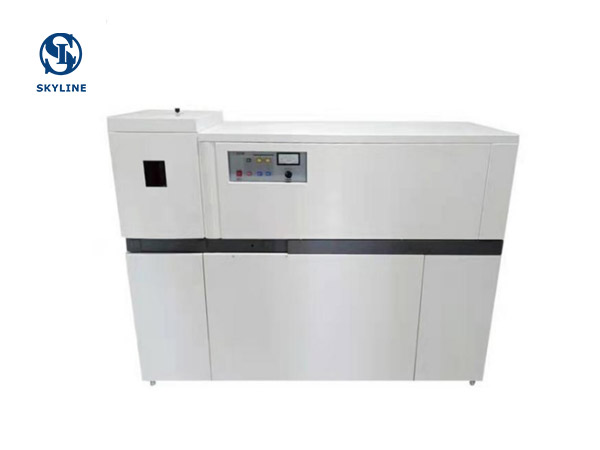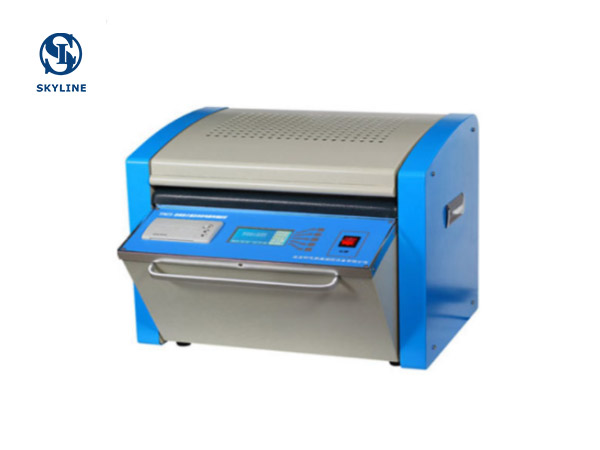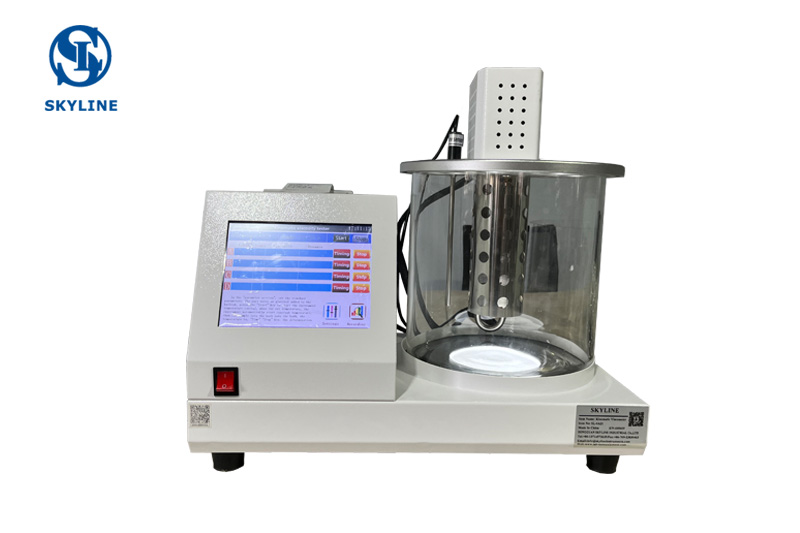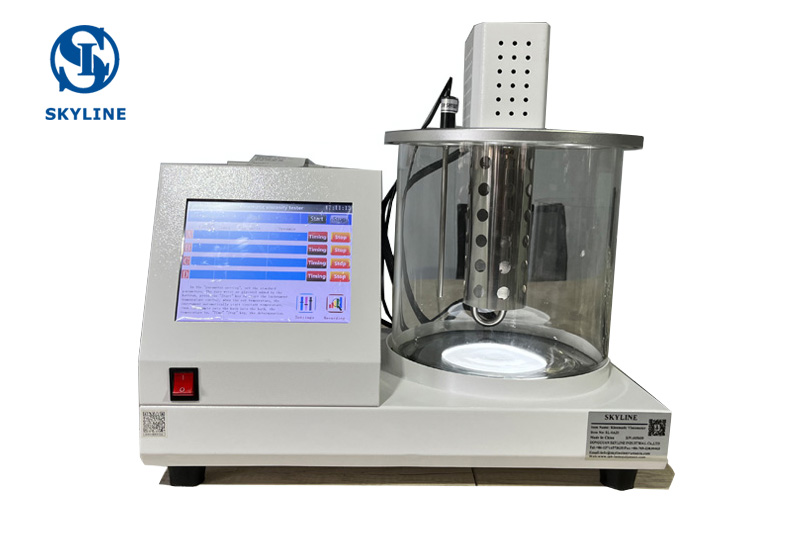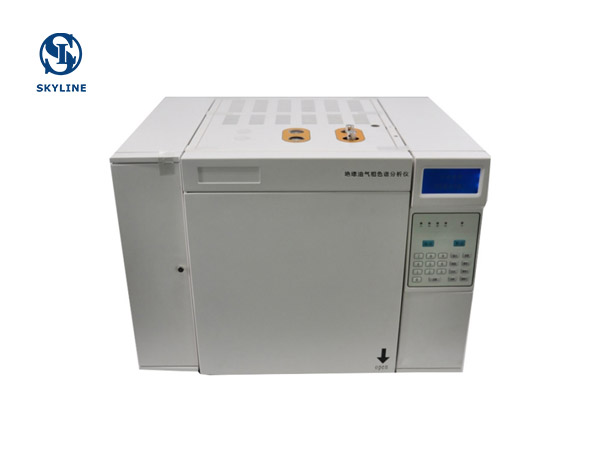The cloud and pour point tests are typically performed using a specialized instrument called a cloud and pour point tester. To perform the cloud point test, a small sample of the liquid is placed in the tester and cooled slowly while the temperature is monitored. As the temperature drops, the appearance of the liquid is observed for the formation of small crystals or "clouds" of solid material. The temperature at which the clouds first appear is recorded as the cloud point.
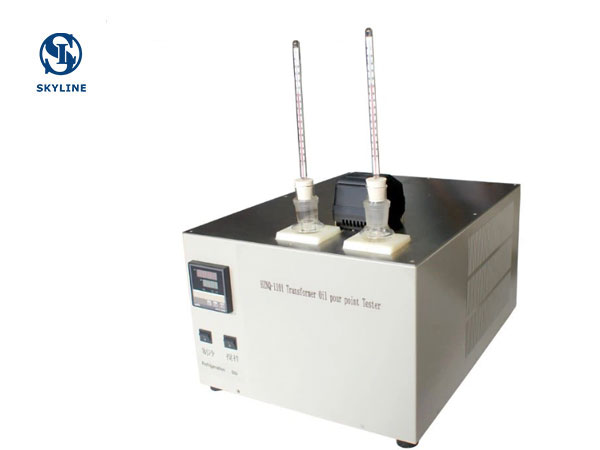
To perform the pour point test, the sample is cooled at a faster rate and the temperature at which the liquid becomes thick or viscous enough to flow is recorded as the pour point. The pour point is typically lower than the cloud point, as the liquid must be cooled to a lower temperature before it becomes thick enough to flow.
Both the cloud point and pour point can be affected by the presence of impurities or contaminants in the liquid, as well as the type and amount of any additives that have been added to the liquid. It is important to carefully follow the manufacturer's instructions and standardized test procedures when performing these tests to ensure accurate and consistent results.

